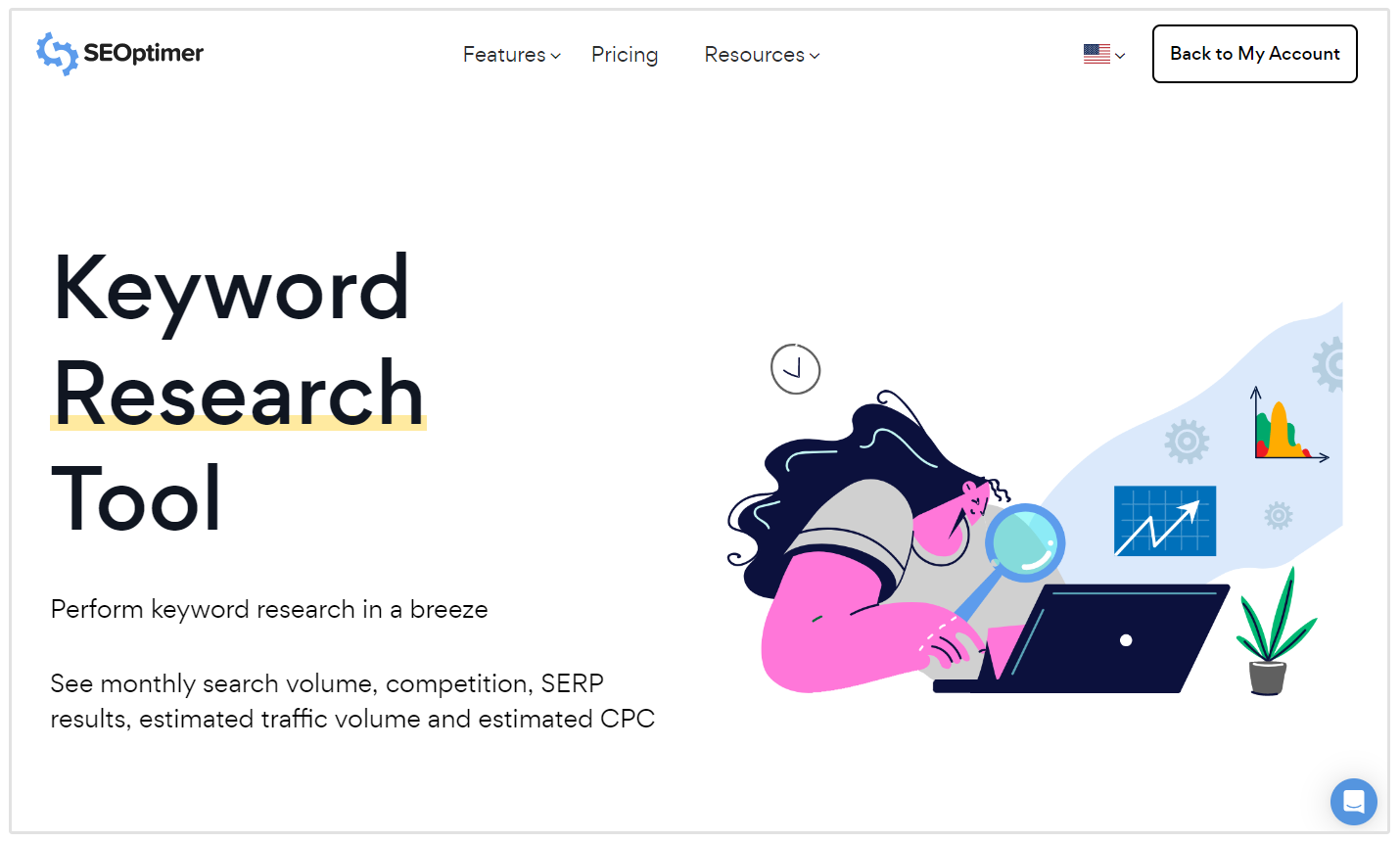The Function of Secondary Dimensions in Google Analytics: Interpretation and Insights for Advanced Data Evaluation
The Function of Secondary Dimensions in Google Analytics: Interpretation and Insights for Advanced Data Evaluation
Blog Article
Introducing the Effect of Second Dimension in Google Analytics on Data Evaluation and Insights
In the realm of data analytics, the use of second dimensions within Google Analytics has arised as an essential tool for drawing out deeper understandings and unraveling facility patterns that might otherwise remain covered. By peeling off back the layers of key data sets, additional measurements supply a nuanced perspective that enhances the understanding of customer behavior, website performance, and the effectiveness of advertising strategies.
Checking Out the Idea of Additional Dimensions
Second measurements in Google Analytics supply additional insights by permitting customers to evaluate primary data in conjunction with a secondary attribute. By incorporating additional measurements, customers can delve much deeper into the data and reveal useful connections that could otherwise go unnoticed - what is a secondary dimension in google analytics.
By discovering the numerous secondary measurements available in Google Analytics, individuals can open new insights and optimize their electronic advertising and marketing initiatives. In significance, second measurements offer as a powerful tool for enhancing information evaluation and driving workable outcomes.
Enhancing Data Interpretation With Additional Measurements
Having actually developed the fundamental understanding of secondary measurements in Google Analytics and their critical role in information analysis, the emphasis now moves towards leveraging these additional credit to improve the analysis of analytics information (what is a secondary dimension in google analytics). By integrating secondary measurements into information analysis, analysts can gain much deeper understandings into individual habits, website efficiency, and advertising and marketing effectiveness

Furthermore, additional measurements help in contextualizing main data metrics by offering additional layers of details. This contextualization help in comprehending the 'why' behind the data patterns, helping experts make notified choices and optimizations to boost general efficiency. Inevitably, integrating second measurements enriches the information analysis procedure, causing even more calculated actions and purposeful insights.
Discovering Hidden Insights Through Additional Measurements
Checking out the depths of analytics data with secondary measurements discloses beneficial insights that would or else continue to be covered. By incorporating secondary measurements in Google Analytics, businesses can uncover concealed patterns, fads, and correlations that supply an even more thorough understanding of user behavior and internet site performance. These additional layers of information enable experts to dig deeper into the main dimensions, such as website traffic resources or touchdown pages, and acquire an extra nuanced perspective on how various variables engage with each other.
Via the use of additional measurements, experts can segment and compare data throughout different dimensions, enabling them to recognize specific click resources elements that influence customer involvement, conversion rates, and overall success metrics. By pairing the main measurement of 'tool category' with the second dimension of 'age group,' marketing professionals can pinpoint which age demographics prefer accessing the web site with mobile devices versus desktops.
Leveraging Secondary Measurements for Actionable Analytics
Structure upon the insights introduced via secondary measurements in Google Analytics, organizations can now harness this enriched information landscape to drive actionable analytics and calculated decision-making. By leveraging secondary dimensions, companies can dig deeper into their data to remove useful patterns, fads, and correlations that may have previously gone unnoticed. This deeper level of evaluation enables businesses to get a much more extensive understanding of user behavior, campaign efficiency, and general website performance.
One key benefit of utilizing second dimensions for actionable analytics is the capability to sector data based on details requirements. This segmentation allows companies to tailor their campaigns and strategies to different audience groups, causing a lot more targeted and reliable advertising efforts - what is a secondary dimension in google look at here now analytics. In addition, second dimensions supply an even more alternative view of individual interactions, making it possible for services to maximize their web site material, layout, and overall customer experience
Optimizing Decision-Making With Secondary Measurements
To enhance strategic decision-making in analytics, leveraging second dimensions in Google Analytics can provide a much more nuanced viewpoint on user actions and project efficiency. By integrating second measurements right into information analysis, businesses can dig much deeper into the specifics of their internet site site visitors' interactions and involvement patterns. This added layer of details permits a more extensive understanding of how different variables, such as demographics, gadgets, or traffic sources, effect vital efficiency signs.

Verdict
To conclude, the use of additional dimensions in Google Analytics plays an important function in enhancing data analysis and revealing concealed understandings. By exploring this idea, one can gain a deeper understanding of customer actions and make notified decisions based on workable analytics. Leveraging additional dimensions enables for a much more thorough analysis of data and makes best use of the effectiveness of decision-making procedures.

Report this page